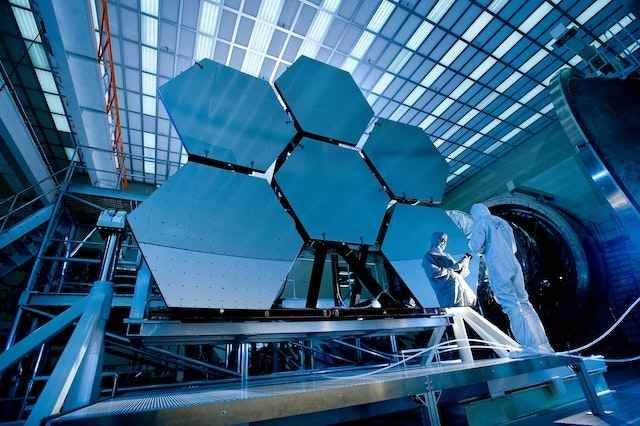The search for cost-effective and efficient construction methods in industrial real estate has led to the rise of prefabricated industrial buildings. These innovative structures offer many advantages, from reduced construction time to enhanced sustainability. However, unlocking full return on investment (ROI) potential of a prefabricated industrial building requires careful planning and strategic considerations. In this article, you will delve into the strategies that can help investors maximize their ROI while embracing the benefits of prefabricated construction.
1. The Promise of Prefabrication
Prefabricated industrial buildings, often prefab buildings, are constructed off-site in controlled environments and assembled on-site. This method offers several advantages, including faster construction timelines, minimized material wastage, and controlled quality. The potential for cost savings and increased efficiency makes prefab buildings attractive.
2. Thorough Due Diligence
The journey to maximizing ROI begins with thorough due diligence. Also, Investors should research and assess various prefab building manufacturers and contractors. Investigate their track record, the quality of their work, and their adherence to timelines. Scrutinize their past projects to ensure they align with your vision and quality standards.
3. Customization for Efficiency
While prefab buildings often follow standardized designs, there’s room for customization to suit specific needs. Work closely with architects and designers to modify designs based on your requirements. Also, By balancing customization and efficiency, you can ensure that your investment effectively serves your business objectives.
4. Selecting the Right Location
The location of your prefabricated industrial building plays a crucial role in ROI maximization. Also, Consider proximity to suppliers, transportation networks, and your target market. A strategically located prefab building can reduce operational costs and improve overall efficiency.
5. Long-Term Cost Analysis
Maximizing ROI involves looking beyond the initial investment. However, Analyze the long-term costs associated with operating the prefab building. Energy efficiency, maintenance requirements, and potential expansions should be considered. Also, Investing in sustainable and low-maintenance features can lead to significant cost savings over the building’s lifespan.
6. Efficient Design for Functionality
Prefab buildings are designed with efficiency in mind. However, further optimizing the design can enhance functionality and maximize ROI. Consider factors like workflow, storage capacity, and future expansion possibilities. Also, An efficient design can streamline operations, improve productivity, and ultimately contribute to better returns.
7. Quality Assurance and Inspections
While prefab buildings are known for quality control, ongoing quality assurance is essential. Regular inspections during the manufacturing and assembly processes can identify potential issues before they escalate. Ensuring that your prefab building meets industry standards and regulations safeguards your investment in the long run.
8. Lifecycle Cost Consideration
Investors often focus on the upfront cost of a prefab building, but considering the entire lifecycle cost is key to maximizing ROI. Evaluate factors like maintenance, repairs, and potential renovations. Also, A well-constructed prefab building with lower ongoing maintenance costs can yield greater returns.
9. Scalability and Adaptability
Investing in a prefab building that can be easily scaled or adapted to changing needs can significantly impact ROI. Also, Consider your business’s growth trajectory and the potential for future expansions. A prefab building that can accommodate changes without extensive modifications can save time and money.
10. Professional Partnerships
Collaborating with experienced professionals is a cornerstone of maximizing ROI. However, From architects and engineers to contractors and property managers, assembling a team with expertise in prefab construction can ensure the project’s success. Also, Their insights can guide you through the process and help you make informed decisions that align with your investment goals.
In Conclusion
Prefabricated industrial buildings offer a compelling solution for investors seeking efficient, cost-effective, and sustainable construction options. However, unlocking their full ROI potential requires strategic planning, meticulous research, and a focus on long-term benefits. By considering factors such as customization, efficient design, location, and ongoing maintenance, investors can position themselves to reap the rewards of their prefab building investment.
Remember that maximizing ROI is about immediate financial gains and creating a sustainable asset that yields returns over time. Also, Investing time and effort into due diligence, design optimization, and professional partnerships can set the stage for a successful prefab building investment that delivers value and supports your business objectives for years.




